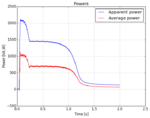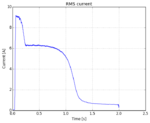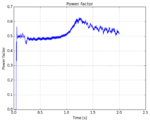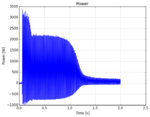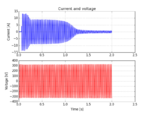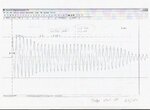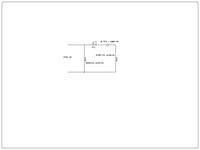george_leon
Junior Member level 3

Normally our Home Refrigerator Motors are Resistive start and induction run type which draws heavy current during starting cause to trip inverter. So by converting that motor to Capacitive start induction run motor the starting current can be reduced and it will run on home inverter. For that we need to connect 10 MFD/400V capacitor in between PTC and starting winding for typical 70W refrigerator motor. Running winding circuit need not be disturbed. I have tested and working fine.



